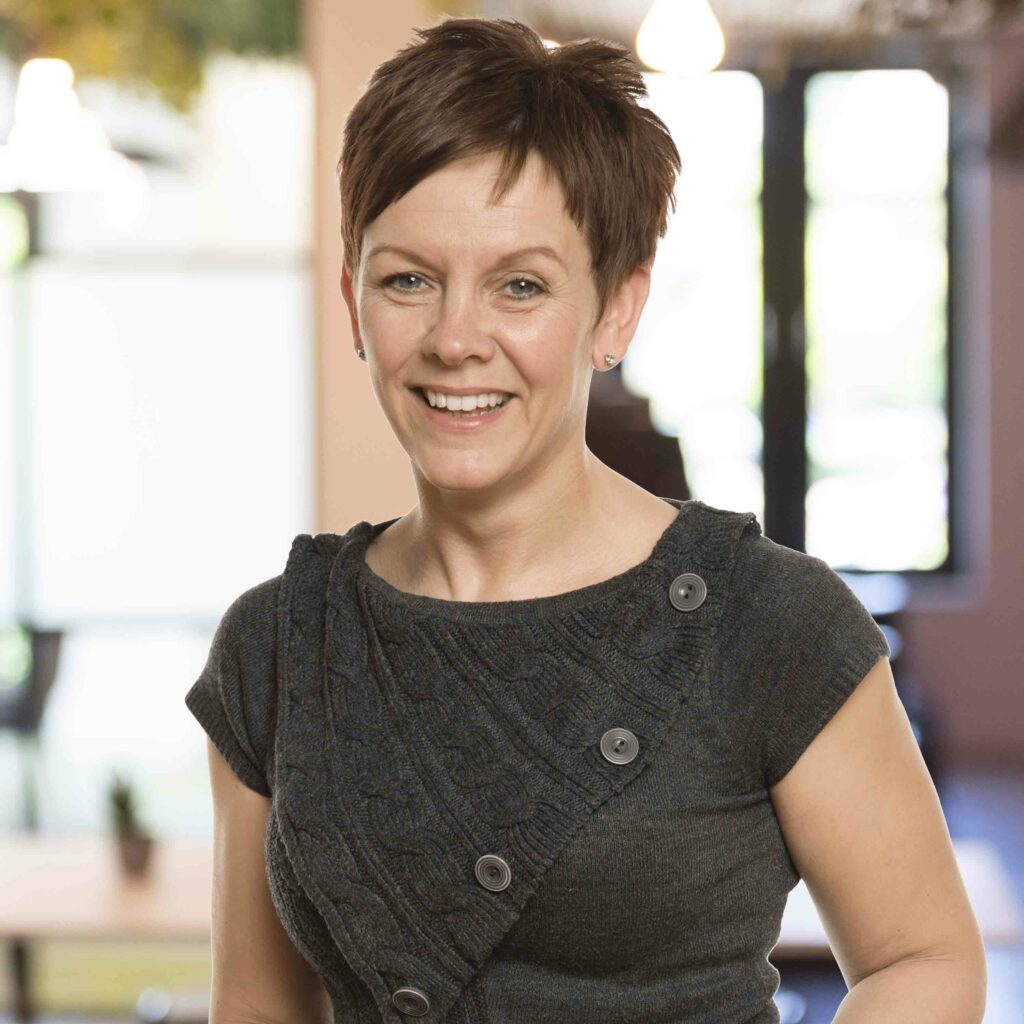Property Solicitors

We have expertise in all types of residential property transactions.
Our residential property solicitors provide a specialist service working with a range of clients, varying from those buying or selling for the first time, or those looking to invest in residential properties and begin or expand their existing property portfolio, to international clients who have been working with our residential conveyancing solicitors for years.
We understand that buying or selling your home can be very stressful. That’s why we’re here to help and make the journey as straightforward as possible. Our aim is to keep communication open and alleviate any stress and confusion from our clients.
Find out what information you will need when buying or selling a house with our free checklist >>
Wherever you are on your journey, our legal advisors can help. Call us today on 0330 024 0333 or use the button below to complete our contact form.
Our Property Team

How Our Property Experts Can Help
Buying a house or property
For most people, buying a house will be the biggest investment they will make in their lifetime. Whether you’re buying your first home, relocating, or adding a house to your property portfolio, we’re here to support you every step of the way.
Buy To Let
Whether you’re a first-time investor, or already have an established property portfolio, our team of residential property solicitors will ensure you overcome any complex and unique needs of purchasing a buy to let property.
Living Together Arrangements
We’re able to advise you on all of the legal implications of cohabiting, as well as mediating and arranging agreements that provide security for both partners.
Selling a house or property
From agreeing to the sale of your home and dealing with buyer enquiries, right through to completion and handing over the keys to the new owners, we’ll guide you through the process so you can focus on the next step of your journey.
Remortgaging and Refinancing
Whether you’re looking to create a new charge on a property, or change your current mortgage provider, our experienced residential conveyancing solicitors have the right expertise to get you moving towards where you want to be.
Wills
Our solicitors can help you write a Will to ensure that your money goes to the people you want it to go
Free Checklist
What information does a solicitor need for conveyancing?
Buying A Property
-
Proof of identification (e.g. passport or driving licence)
-
Proof of address
-
Proof of funds to pay the deposit, such as bank statements
-
Official mortgage offer from mortgage provider showing how much they’re prepared to lend.
Selling A Property
-
Proof of identification (e.g. passport or driving licence)
-
Proof of address
-
Mortgage details
-
Proof of ownership of the property (title deeds)
-
Leasehold or shared freehold information
-
Property information form (to provide the prospective buyer detailed information about the property)
-
Details of which fittings and contents will be included as part of the purchase
-
Any guarantees, certificates or planning permission documents for the property
-
Energy Performance Certificate
Why Choose Us?
We ensure that our experienced residential property solicitors have an intimate understanding of all residential conveyancing processes, ensuring the process is as quick and hassle-free as possible.
We make sure that you have a single point of contact as early on as possible so that you can discuss your conveyancing case and get regular updates as seamlessly as possible.
We are completely transparent with our residential conveyancing pricing from the get-go and once you have been assigned a dedicated team you will be provided with a breakdown of costs.
Property Frequently Asked Questions
A residential conveyancer or solicitor will handle the legal process of buying or selling your home, from conducting property searches (such as flood, water and drainage and local authority searches) to negotiating exchange and completion dates and transferring ownership of the property.
There is no set amount of time that the conveyancing process takes, although the average time is around 8-12 weeks from the moment you make or accept an offer to completion day (when keys for the property are exchanged). However, the amount of time will vary depending on whether you’re part of a property chain, and how complex each purchase or sale is.
The conveyancing process for buying and selling a home varies slightly for each transaction. However, the basic outline of the process is as follows:
1. Instruct a conveyancer/solicitor and confirm instructions (also ensure your funding is in place at this stage)
2. Contract papers for the sale or purchase will be drafted by your conveyancer/solicitor
3. Property searches will be carried out
4. Findings from the searches will be reported back
5. The contract(s) will be signed
6. Contracts will be exchanged
7. Completion
Although you technically can conduct the conveyancing process yourself, there are many legal and complex steps involved. Therefore we always recommend instructing a residential conveyancing solicitor to ensure the process is carried out correctly, efficiently and legally.
You can only instruct a conveyancer once you have agreed the sale or purchase of your home, but you can do your research in advance of this so you’re prepared and don’t hold up the process when the time comes. Choosing a good solicitor/conveyancer is an essential decision when buying or selling your home; therefore it’s important to do your research – ask for recommendations from friends and family or talk to your lender, mortgage broker or estate agent. Some may have an established relationship with a particular solicitor/conveyancer but remember you are under no obligation to go with this firm.
How The Property Process Works
Not everyone is aware of how the process of engaging Property solicitors works, so we’ve provided an overview below to give you some peace of mind
-
The first stage is to get in touch with us using the button below – you will then be assigned to one of our Property specialists. Alternatively, you can reach us on 0330 024 0333.
-
You’ll then receive a free 15-minute consultation within 24 hours via Zoom or telephone to discuss the issues you’re facing.
-
You are then provided with a transparent breakdown of our costs and, if you would like to proceed, we send you a pack of onboarding documents
-
Following this, we will guide and support you through the process of achieving a resolution that works for you and your family.
Wherever you are on your journey, our Property specialists are here to answer any questions you might have
If you’d like to speak to a member of our team, please fill out the enquiry form. We will aim to reply to your query within 2 hours

Need to talk to someone sooner? You can call use at the number below
Call Us: 0330 024 0333
Our Latest Property Updates
15 Jul
Real Estate & Planning
We advise Capreon on £175m sale of retail park duo
17 Mar
Buying or Selling Property
Buying and selling at auctions – some common misconceptions
17 Feb
Buying or Selling Property
We proudly support the inaugural National Conveyancing Week
14 Oct
Buying or Selling Property









